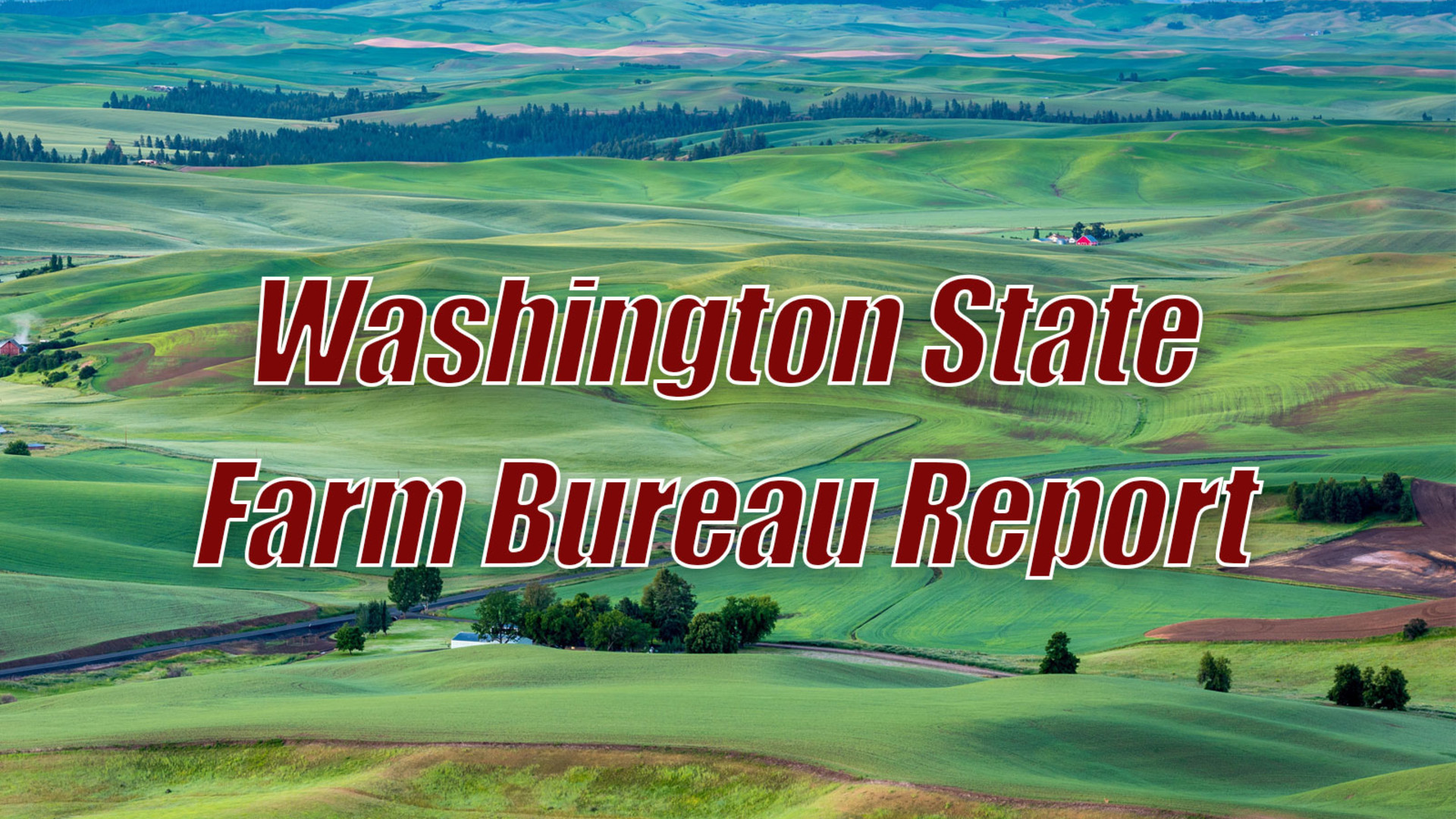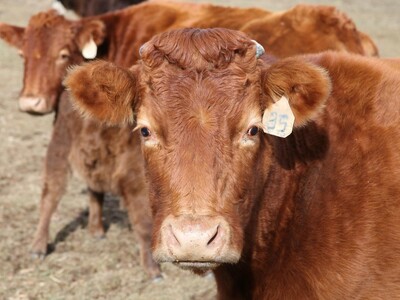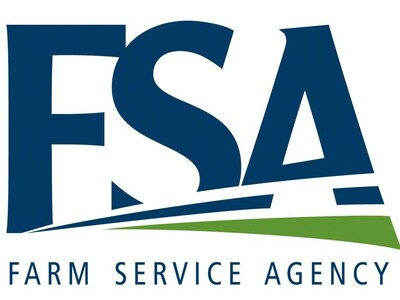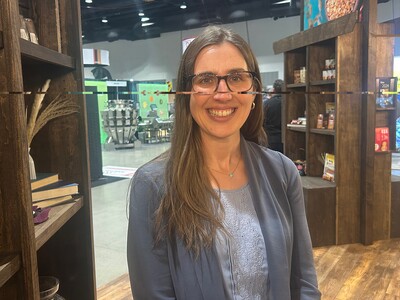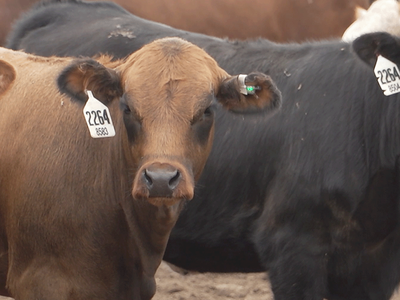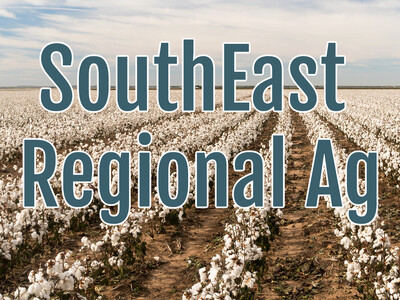Airstrike Bird Control
Airstrike Bird Control. I'm Greg Martin with Washington Ag Today.One of the biggest pests of grape, blueberry, cherry and others can be birds. Controlling them is difficult because of their mobility, and because flags, noisemakers, and mylar strips generally are effective for only a short time - then the birds become habituated to these devices and ignore them. That's where Airstrike Bird Control, a falconry-based bird abatement for agriculture, landfills, resorts and other situations with pest bird problems can help. Brad Felger, Master Falconer and Manager for Airstrike Bird Control talks about their operation and the variety of raptors they use, including aplomados.
FELGER: The aplomado tends to dig the birds out, like the robins that are wanting to stay down in the cover - where a big falcon will fly over and a lot of times the robins will crouch down. Starlings tend to ball up and use the sky, so that's why we carry a variety of different types of birds so no matter what is happening we have something we can use to chase the birds off.
Several different crops benefit from this type of bird control.
FELGER: We do all different kinds of small fruit - blueberries, of course, strawberries, blackberries, and a lot of vineyards. And then we've gotten into other types of agriculture - leafy greens, for human safety reasons with bird feces in fields. Cherries of course, in an orchard is going to be the toughest to dig out because it's the canopy of the trees so we use a variety of birds on that.
Felger says the point is to keep the first birds from coming into the fields, keeping them out, and convincing them to go elsewhere for food. Depending on topography and visibility, one falconer can cover up to eight hundred acres.
That's Washington Ag Today. I'm Greg Martin on the Ag Information Network of the West.


